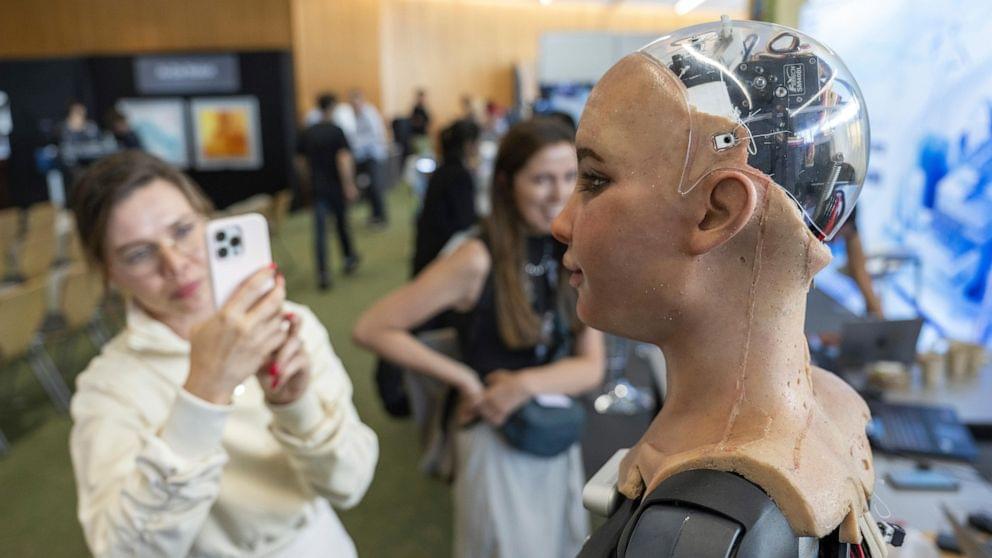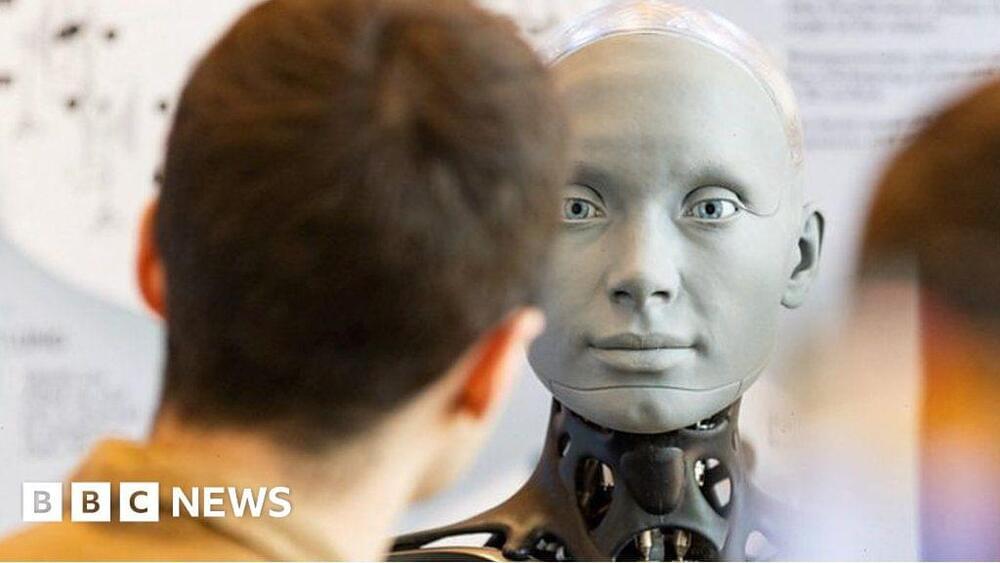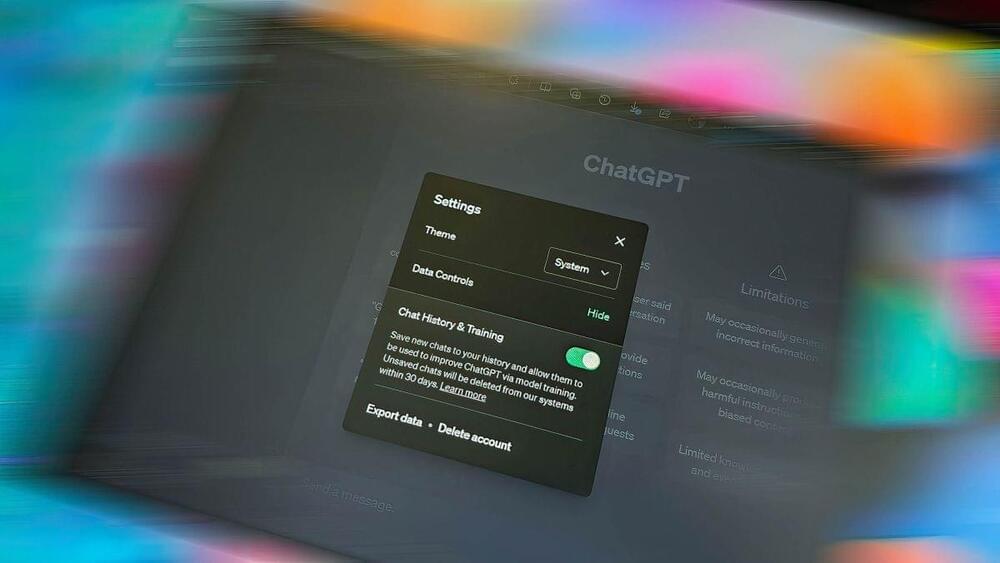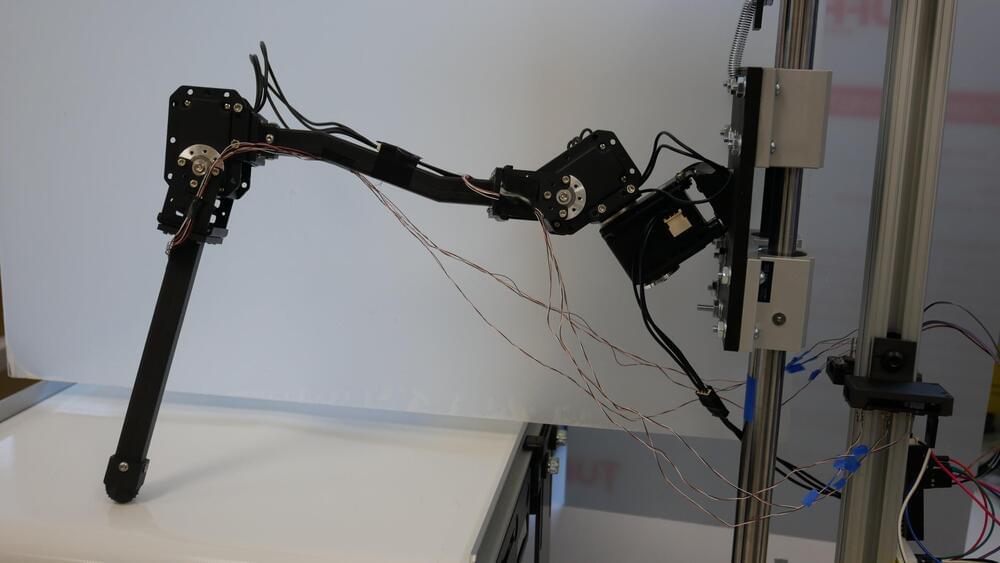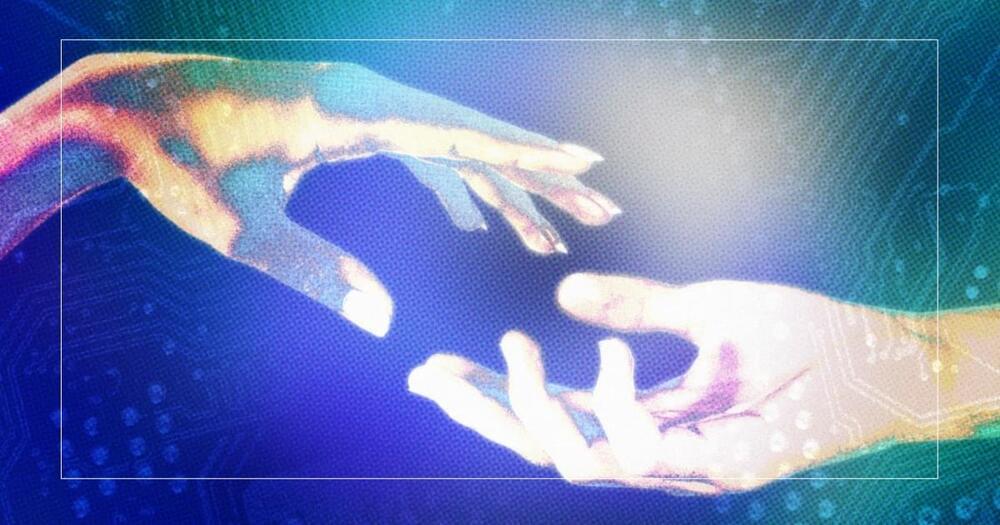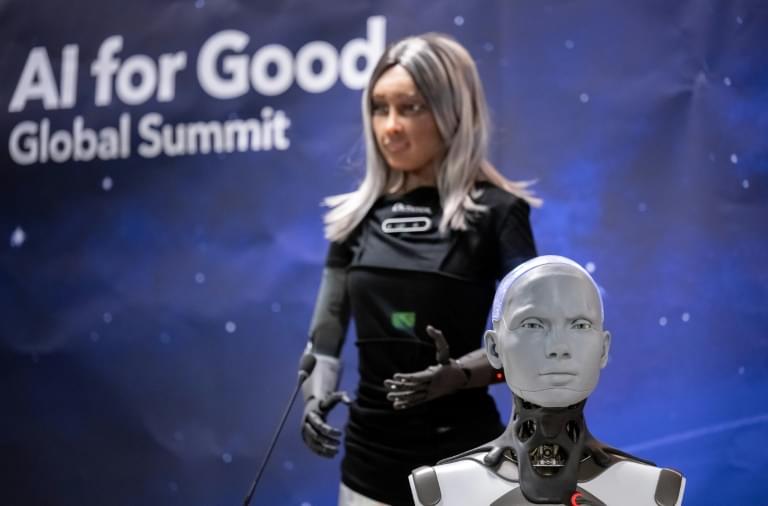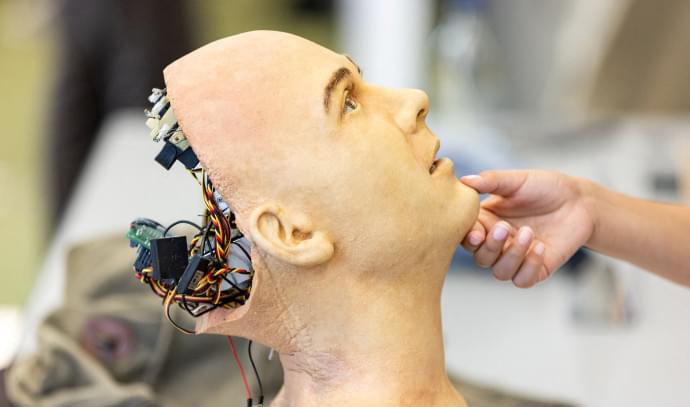
Neuromorphic computers perform computations by emulating the human brain1. Akin to the human brain, they are extremely energy efficient in performing computations2. For instance, while CPUs and GPUs consume around 70–250 W of power, a neuromorphic computer such as IBM’s TrueNorth consumes around 65 mW of power, (i.e., 4–5 orders of magnitude less power than CPUs and GPUs)3. The structural and functional units of neuromorphic computation are neurons and synapses, which can be implemented on digital or analog hardware and can have different architectures, devices, and materials in their implementations4. Although there are a wide variety of neuromorphic computing systems, we focus our attention on spiking neuromorphic systems composed of these neurons and synapses. Spiking neuromorphic hardware implementations include Intel’s Loihi5, SpiNNaker26, BrainScales27, TrueNorth3, and DYNAPS8. These characteristics are crucial for the energy efficiency of neuromorphic computers. For the purposes of this paper, we define neuromorphic computing as any computing paradigm (theoretical, simulated, or hardware) that performs computations by emulating the human brain by using neurons and synapses to communicate with binary-valued signals (also known as spikes).
Neuromorphic computing is primarily used in machine learning applications, almost exclusively by leveraging spiking neural networks (SNNs)9. In recent years, however, it has also been used in non-machine learning applications such as graph algorithms, Boolean linear algebra, and neuromorphic simulations10,11,12. Researchers have also shown that neuromorphic computing is Turing-complete (i.e., capable of general-purpose computation)13. This ability to perform general-purpose computations and potentially use orders of magnitude less energy in doing so is why neuromorphic computing is poised to be an indispensable part of the energy-efficient computing landscape in the future.
Neuromorphic computers are seen as accelerators for machine learning tasks by using SNNs. To perform any other operation (e.g., arithmetic, logical, relational), we still resort to CPUs and GPUs because no good neuromorphic methods exist for these operations. These general-purpose operations are important for preprocessing data before it is transferred to a neuromorphic processor. In the current neuromorphic workflow— preprocessing on CPU/GPU and inferencing on neuromorphic processor—more than 99% of the time is spent in data transfer (see Table 7). This is highly inefficient and can be avoided if we do the preprocessing on the neuromorphic processor. Devising neuromorphic approaches for performing these preprocessing operations would drastically reduce the cost of transferring data between a neuromorphic computer and CPU/GPU. This would enable performing all types of computation (preprocessing as well as inferencing) efficiently on low-power neuromorphic computers deployed on the edge.


